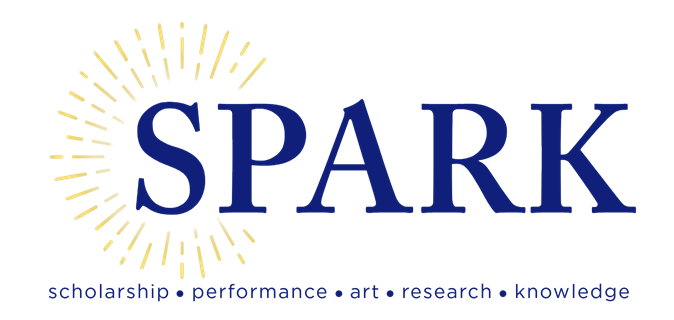
[Archive] Belmont University Research Symposium (BURS)
Making an Improved SSA4-GFP Reporter
Publication Date
Spring 3-30-2022
College
Sciences and Mathematics, College of
Department
Biology, Department of
BURS Faculty Advisor
Rebecca Adams, PhD
Presentation Type
Poster Presentation
Abstract
For proteins to be made, the encoding gene first has to be transcribed from DNA into mRNA transcripts. In eukaryotes, mRNA is, then, exported through nuclear pore complexes (NPCs) into the cytoplasm where it is translated into proteins by ribosomes. Each of these steps can be regulated to impact the production of proteins, including selective export of specific transcripts. This occurs during cellular stress wherein most RNA is retained in the nucleus while specific transcripts, such as the stress-induced SSA4, are permitted to export. The mechanism behind this selective mRNA export is not fully understood. Based on previous studies, it is hypothesized that the 3’ UTR enables the SSA4 transcript to be exported through NPCs. To test this, a reporter plasmid with the SSA4 promoter, SSA4 5’ UTR, SSA4 3’ UTR, and GFP ORF was previously generated in the Adams lab. However, it was observed that this reporter has leaky expression of GFP in non-stress conditions (23C). This is exacerbated by the fact that fluorescent proteins are long-lived once produced in cells, inhibiting the ability to use the reporter to analyze selective export under stress. Thus, this reporter was modified to make GFP a short-lived protein using the N-end rule, following ubiquitin-cleavage. In this approach, the amino-terminal methionine is replaced with tyrosine using PCR mutagenesis. This plasmid has been successfully generated. Our next steps are to transform this reporter into S. cerevisiae strains. Fluorescent microscopy will be used to quantify GFP expression in non-stress and heat-shock (42C) conditions. This tool will then allow future researchers to test the SSA4 3’UTR sequence for its role in selective export under these conditions. Depending on the results, I conclude that the mechanism behind selective mRNA export will be better understood and lead to other unanswered questions of mRNA export.
Recommended Citation
https://pubmed.ncbi.nlm.nih.gov/8682292/


